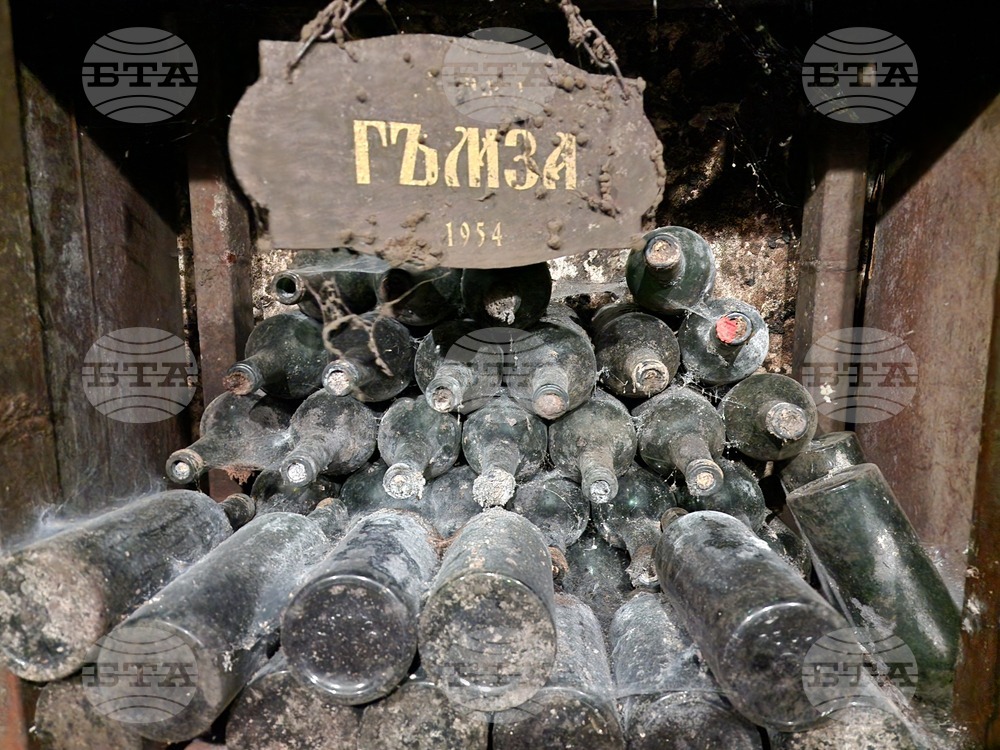site.btaLovico Suhindol: Winery Expands Boutique Production and Shifts Focus to Whites Amid Changing Market Trends


BTA will present dozens of Bulgarian wineries in the New BG WINE Leads the Way series ahead of the 9th UN Global Conference on Wine Tourism, which will be hosted in Plovdiv. The forum is organized by the Ministry of Tourism in partnership with the UN World Tourism Organization.
The Lovico winery in Suhindol is equipped for the production of boutique wines and has an automatic Bag-in-Box packaging machine, warehouse manager Georgi Ostrev told BTA. He is also responsible for production, supply, and transportation at the enterprise.
The company is one of the oldest wineries in Bulgaria. It was established in 1909 as the first viticulture and winemaking cooperative in the Balkans under the name “Gamza.” In 1952, it was nationalized and continued to operate as a state-owned winery until 1991, during which time it developed many vineyards in the region. At that time, the Suhindol winery specialized in the production of red wines, while the winery in Targovishte focused on white wines, Ostrev explained. After 1992, in the conditions of a free market economy, the Gamza cooperative was re-established and existed in this form until 2000, when the current owners stepped in.
The winery primarily sells its products on the Bulgarian market and through international retail chains in the country, but it also occasionally exports to Japan, Canada, and the Benelux countries.
The winery owns and operates over 100 ha of vineyards in the municipality of Suhindol, and another 100 ha elsewhere under the management of another company.
Recently, Lovico has shifted its focus toward the production of more white wines to respond to changing market demand. "Generations have changed, and younger people prefer semi-dry and fruity wines," Ostrev explained. He also noted a recent trend of increased consumption of hard liquor and beer, with wine taking a backseat.
Ostrev commented that it's still too early to determine the quality of the new harvest, but overall, the year has been good — with no heavy rains and favorable early-season precipitation. However, the subsequent drought highlights the need to improve irrigation systems in the vineyards to mitigate the effects of future dry spells. According to him, a key challenge for wine production in Bulgaria is the lack of sufficient raw material, which increases the cost of production. A major advantage for the Suhindol winery is its certified well, which reduces one of the primary expenses in production and maintenance.
Lovico also preserves old wine vessels that are more than 80 years old. Though no longer in use due to inefficiency compared to modern standards, they make impressive exhibits for visitors. Some of these vessels were nationalized from grape growers and winemakers in the region. The winery has 50 barrels with an average capacity of 10–15 tons, with the largest holding up to 20 tons, Ostrev said. The facility also houses built-in glass tanks of 15,000 liters each, delivered and installed by an Austrian company in 1915 for storing distillates and rakia.
In the winery's enoteca (wine archive), some of the bottles date back to 1954 and 1962, which are meant for connoisseurs and collectors only. These are no longer good for drinking and kept as gifts, Ostrev explained. He added that the company now also offers beautifully packaged new gift wines, which are sold in duty-free shops at Bulgarian airports and perform very well.
One of the newer features of the winery is a facility equipped for micro-winemaking, where high-quality boutique wines are produced. It was established in 2006–2007 with the help of a project funded by EU pre-accession funds. According to Ostrev, the benefits have been substantial, as the facility allows for higher quality compared to mass-produced wines. Small batches of grapes are processed separately using this technology, he explained.
Since 2010, additional new stainless steel vessels have been purchased, with a total volume of around 1,000 tons. A few years ago, a newly equipped bottling facility with production lines and an automatic Bag-in-Box machine was also launched, capable of packaging 6,700 liters of wine per work shift.
The winery participates in various competitions, most notably at the Plovdiv Fair and Vinaria, where in 2023 it won the Golden Rhyton award for rose from the latest harvest.
The team’s goal is to continue creating new and more modern wines in both appearance and taste, to meet the expectations of wine lovers.
/NF/
Additional
news.modal.image.header
news.modal.image.text
news.modal.download.header
news.modal.download.text
news.modal.header
news.modal.text













